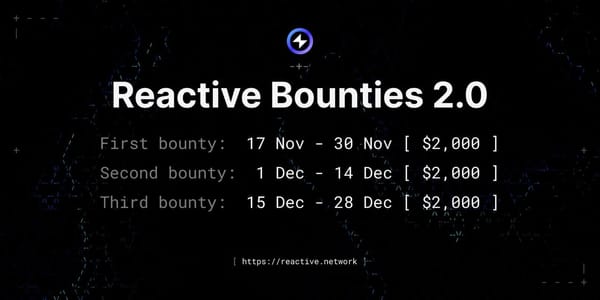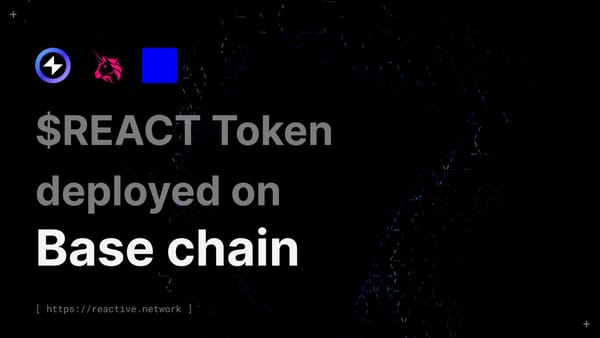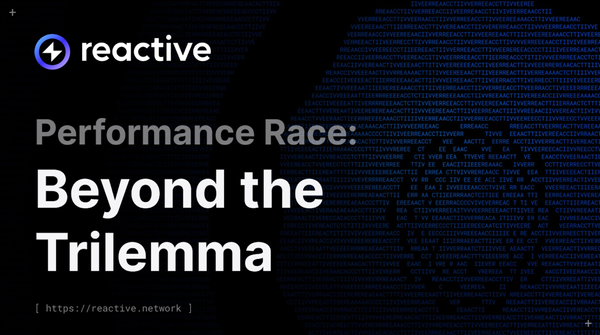Tokenizing Reality: From Stablecoins to Real-World Assets

Institutional interest in digital assets is accelerating. By Q2 2025, Bitcoin ETF holdings reached 1.4 million BTC — 6.8% of total supply — up from 1.26 million in Q1. Corporations added another 131,000 BTC, bringing their holdings to 847,000 BTC, or 4% of supply. And it's not just Bitcoin: over 70 ETF applications for altcoins like Solana, DOGE, and XRP signal broader institutional appetite.
Stablecoin supply has also surged, surpassing $200 billion — a 200x increase since 2019. Wall Street and retail investors alike are renewing their focus on decentralized finance. Now, attention is shifting to the next evolution in blockchain finance: the tokenization of real-world assets (RWAs). But on-chain issuance is only the beginning. For RWAs to scale, they need liquid, compliant secondary markets that enable confident trading and true price discovery.
Defining Real-World Assets
In the digital asset context, real-world assets (RWAs) are tokenized representations of tangible or traditional financial assets. Tokenization involves the creation of blockchain-native units that reflect rights to the underlying asset.
The value of RWAs stems from two key benefits: greater operational efficiency through reduced intermediaries and faster settlement, and broader market access by unlocking liquidity and enabling global participation via decentralized infrastructure.
Market Growth
From early 2021 to July 2025, the RWA market (excluding stablecoins) grew from an estimated $200 million to $25.5 billion in market capitalization. This growth has been driven primarily by institutional issuance of familiar debt instruments.
Total RWA Value = $15.0B Private Credit + $7.6B U.S. Treasury Debt + $1.6B Commodities + $0.6B Institutional Alternative Funds + $0.5B Stocks + $0.3B Non-U.S. Government Debt + $0.016B Corporate Bonds. This reflects a focus on relatively standardized, yield-bearing instruments that can be easily integrated with DeFi protocols and institutional custody platforms.
Stablecoin Market
While stablecoins are typically excluded from RWA tallies, their growth reflects broader confidence in blockchain-based financial primitives — foundational tools such as lending, trading, and collateralization mechanisms that power DeFi applications. Between January 2021 and July 2025, the aggregate stablecoin market expanded from $31B to $244B in circulating supply.
Total Stablecoin Value = $157B USDT + $61B USDC + $7.5B USDS + $5.4B USDe + $4.3B BUSD + $8.8B Others (FDUSD, PYUSD, USDD, etc.).
Recap
This article marked the first installment in our exploration of real-world assets (RWAs) on-chain — starting with stablecoins, arguably the most successful and relatable form of tokenized real-world value for the Web3 community. Their explosive growth has laid the infrastructure and user expectations for more complex RWA markets.
In the next piece, we’ll move beyond stablecoins to examine how institutional issuers are tokenizing debt, funds, and commodities, and how secondary markets are evolving — where regulated venues, whales, and compliance-first liquidity are reshaping how traditional value moves on-chain.





